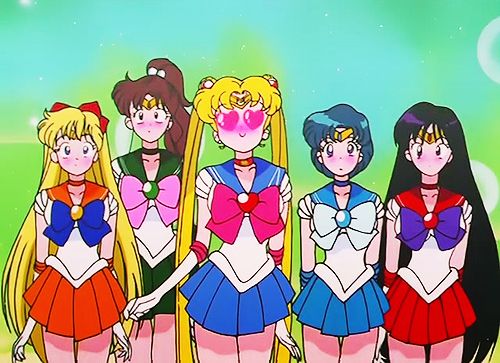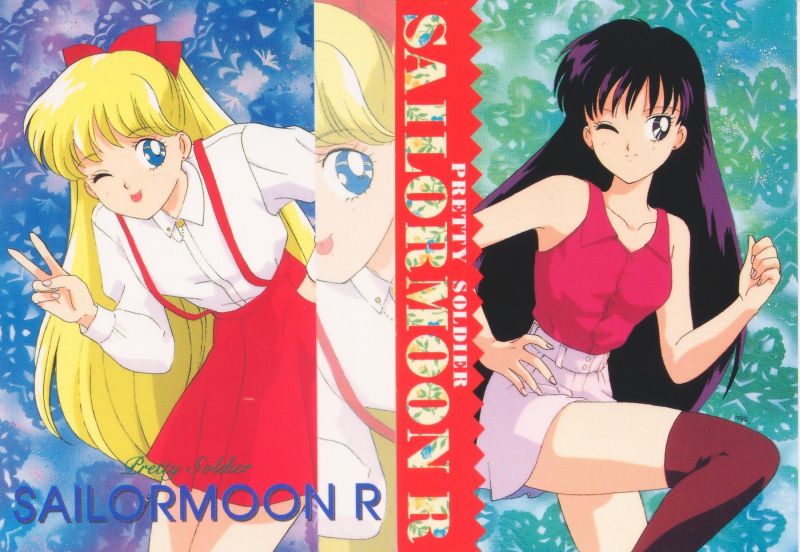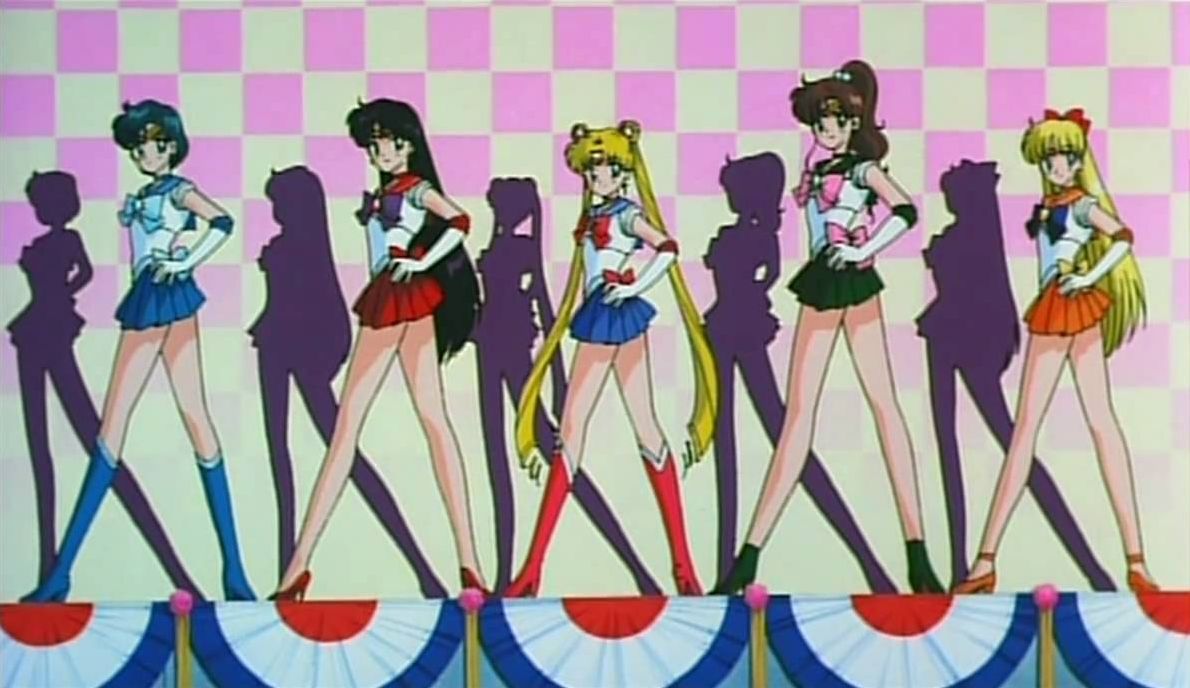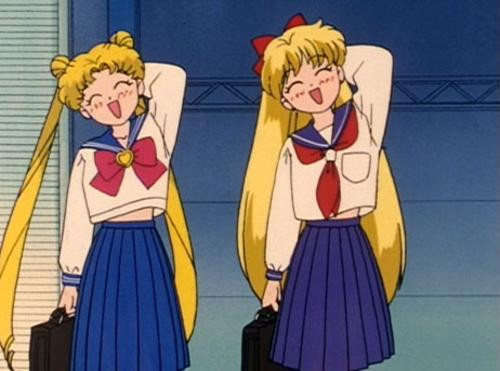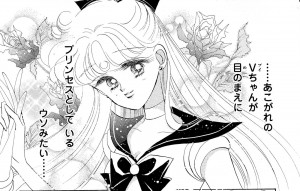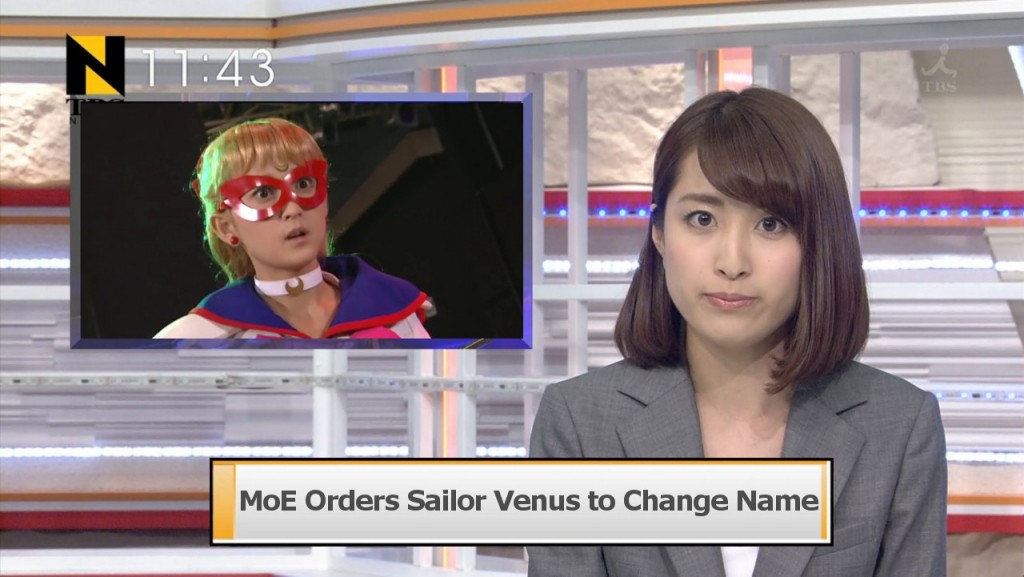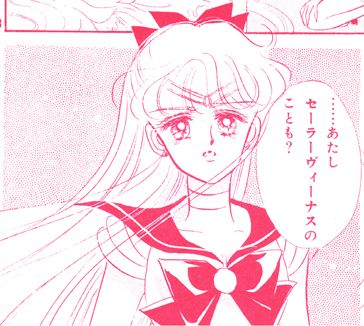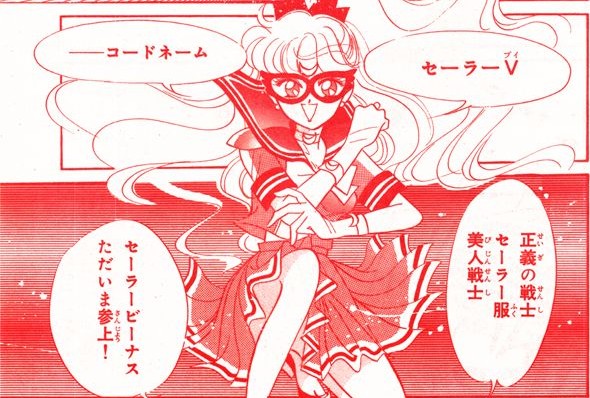
Sailor Venus and Her Forlorn Namesake Planet
One of the first things anyone with even a passing interest in learning Japanese will notice is that the names of all of the (inner) Sailor Soldiers is that their names follow a pretty noticeable pattern. Even if you haven’t studied Japanese, you’ve likely read about their names and explanations thereof in countless numbers of profiles online. For the sake of a quick summary, the Japanese no (の) serves as a possessive and can mean something similar to “of” or signify ownership, much like ” ‘s ” in English. In this way, the last name of each of the characters makes a nice wordplay which signifies not only elemental affinity, but the celestial object they’re tied to. Though the English names for the planets are gaining traction in recent years, traditionally the other inner planets (excluding Earth) and Jupiter have been referred to by elements, which ties back into the elemental affinities of the inner soldiers.
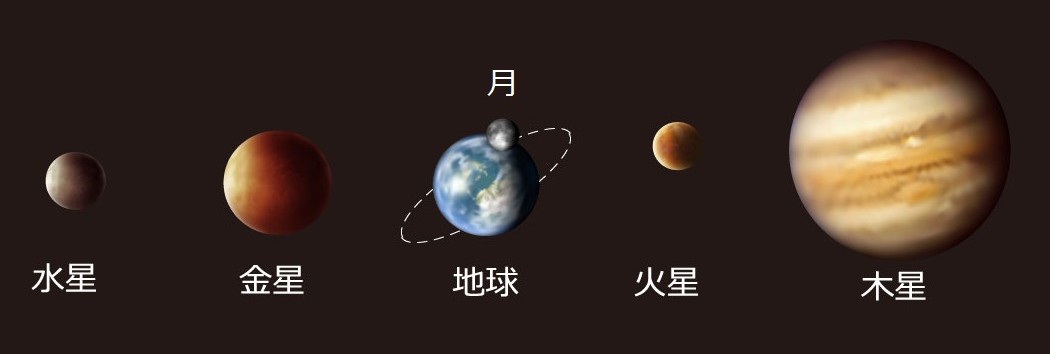
Mercury to Jupiter, in Japanese
Here you can see the Japanese names of the planets: Mercury (水星; suisei – water planet), Venus (金星; kinsei – metal planet), Earth (地球; chikyuu – earth globe), the Moon (月; tsuki – Moon), Mars (火星; kasei – fire planet), and Jupiter (木星; mokusei – wood planet).
The same characters are found in the name of the Sailor Soldiers: 月野うさぎ (Tsukino, Usagi – Usagi/Rabbit of the Moon), 地場衛 (Chiba, Mamoru – Mamoru/Protector of the Earth), 水野亜美 (Mizuno, Ami – Ami of the Water), 火野レイ (Hino, Rei – Rei of the Fire), 木野まこと (Kino, Makoto – Makoto of Wood), and 愛野美奈子 (Aino, Minako – Minako of… Love). As you can see, Minako breaks out of this system in a pretty dramatic way and leaves us with the question of just why is it that Ms. Takeuchi decided to not follow the pattern with her in the first place.
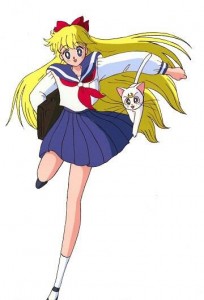
The Sailor of Love and Beauty
The easiest answer, of course, is simply that Minako came first, as we talked about before in her debut in Sailor V, approximately half a year prior to her appearance in the Sailor Moon manga. Minako is the self-proclaimed Sailor Soldier of love and beauty, so it only makes sense that she has a name that matches, right? Obviously her character being created prior to the rest and before Ms. Takeuchi herself had the naming patter down clearly plays a roll in this, but there are several other reasons which likely played into the decision.
For one, in order to name Minako after the planet Venus (and to conform with the naming system of the rest of the Sailor Soldiers), she would have had to name her 金野美奈子 (Kin’no, Minako). This name unfortunately doesn’t exactly roll off the tongue in Japanese, and obviously is a little too close to comfort with Makoto’s name. The other reason is that, through a clever play on kanji readings, it turns out that Ms. Takeuchi already did manage to sneak Venus into her name, all without having to bother with using her last name to do it.
As you may know (and probably noticed above), Japanese kanji can generally be read at least two different ways, very often more. These readings are referred to as their on and kun readings. Taking Ami’s name, for example, her last name Mizuno (水野) contains the same character as Suisei (水星). The same applies to Hino (火野) and Kasei (火星), and Kino (木野) and Mokusei (木星). Well, if one were to take alternative readings for Minako‘s (美奈子) first name, you can actually pronounce her name as Binasu – the older Japanese romanization of the English name “Venus.”
So while it might not be apparent on the surface, it turns out that Ms. Takeuchi did manage to slip the the planetary reference into Minako’s name! It’s amazing how far she really thought these things through…
